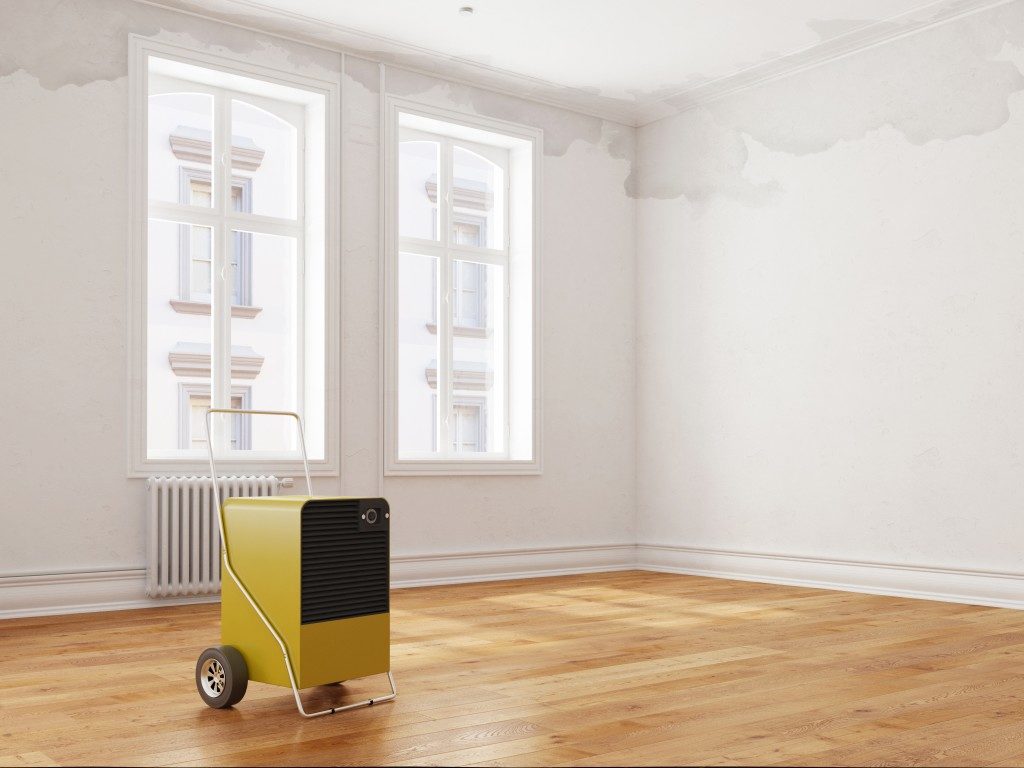Water is known to inflict damage on many types of material. Even the smallest amount of it can change a certain surface’s appearance, like growing mold and mildew on it. Even the toughest materials aren’t invulnerable to water, so buildings are constructed in a way that water flow won’t reach the inner walls and penetrate the interiors.
Such technology is enforced right in the building’s facade. Rainscreen claddings are inserted on the outer walls, and these divert any water that might enter the building. Heavy-duty metal honeycomb construction panels are a part of that layer to act as a barrier system and prevent water leakage, as well as keep the buildings’ walls safe from the elements.
That said, how will the interiors be further protected against water damage?
Design Principles
Keeping humidity levels under control is essential, even more so if the building is in an area with humid climates. When humidity levels rise, moisture forms and it may potentially damage important elements in a building, both outside and inside.
Building representatives and design engineers play a huge role in this phase of construction. Typical office design has a cooling setpoint of 75 degrees Fahrenheit with a 60% relative humidity at max.
The indoor design conditions should also be determined for both the cool and warm seasons. Ultimately, the design is dependent on where the building is and what kind of climate that location has. All designs must be approved by the design engineer, who has expertise in the kind of design that can withstand different climatic conditions.
HVAC Requirements
Setting the airflows for reheating the space should follow the conditions of the International Energy Conservation Code. During the colder seasons, heat sources such as boilers should not be disabled.
Thermostat levels should also be limited to control humidity and save energy. Low cooling setpoints should be locked out through the local controls or the building’s automation system. Temperatures should be within the reasonable humidity range.
Providing a digital scroll compressor for the HVAC systems is a popular option to keep the interiors dry. It allows a precise discharge of air temperature control and helps reduce energy costs.
Dehumidifiers

To have additional protection against moisture, a dehumidifier may be necessary. It absorbs extra moisture from a room, preventing molds from growing in vulnerable corners. It would protect your properties against damages associated with high levels of moisture.
The dehumidifiers work by drawing air through its fan and then passing it over to the cooling coils. The moisture condenses while the air is being cooled, and then water would fall into a drip pan or a removable bucket. There is a heat recovery system that reheats the air and a drier air would be dispensed back into the room. The cycle is repeated until the desired dryness level is achieved, and then the device will automatically shut off.
You have to maintain a dehumidifier by checking its drain bucket regularly if it is already full, though you’d know it immediately because most units automatically shut off when this happens.
With these tips, building owners or managers would know better how to keep their properties safe and in good condition. It should be simple and easy, though a high level of responsibility is still required.

